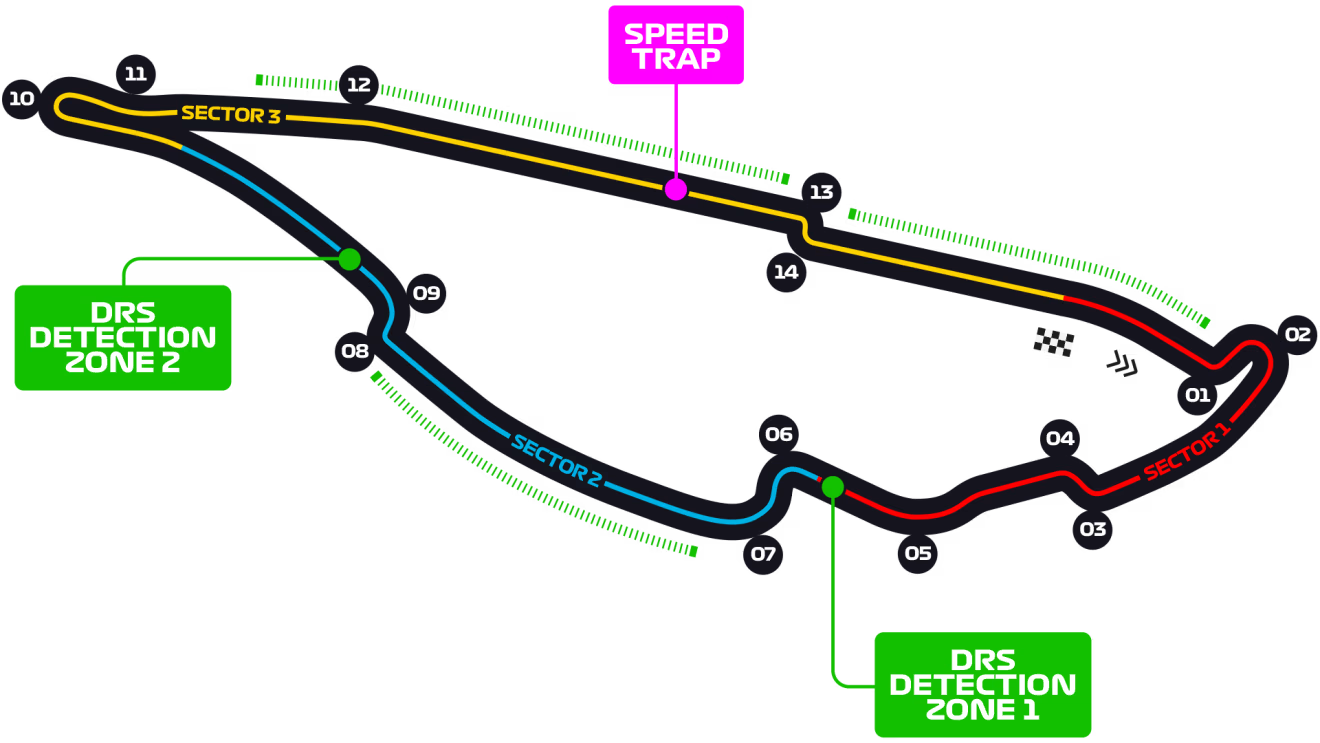A unique McLaren F1 cooling system enhances tyre life, power unit reliability, and airflow efficiency—key to their 2025 Formula 1 lead.
Between flexible wings and wild rumours about how the team manages to preserve its tyres longer than any rival, Oscar Piastri and Lando Norris continue to dominate.
Many secrets remain unknown but are whispered around the Formula 1 paddock in Canada.
There’s confusion about why McLaren consistently pushes the limits during the largely irrelevant third free practice session, surprising its competitors with impressive lap times. Or why the mechanics stand in front of the car to conceal it while they work on the brake ducts.
Or why the cars on the grid are the only ones lined up without rear tyres. The rear wheels are always fitted at the very last moment.
Rivals therefore still have a few mysteries to unravel. One of those mysteries, however, has now been solved.
A mysterious tank has been photographed in the area, visible only when the front nose is completely removed from the car, and this remarkable golden tank remains fixed in place.
Some believe it stores dry ice and is connected to the car’s cooling system.
The front wing, front axle geometry, suspension arms and front Venturi ducts form a combination that positions the aerodynamic centre of pressure in the middle, precisely where the driver is seated. This does not help in cooling the components behind, which usually receive more airflow.
That’s why McLaren has its own dedicated cooling system for this area. A special fluid circulates through a system of cooling ducts. The edges of the floor, the sidepods and the rear brake ducts are designed to generate air vortices that effectively seal the gap between the diffuser and the rear wheels.
This unique cooling system might also explain why McLaren appears immune to the engine reliability issues that have affected all other Mercedes-powered teams in 2025, including the factory team.
The overall cooling of the car has been enhanced, removing the need for exhaust outlets that would otherwise disturb airflow under the bodywork.
The entire car emits less heat, which also benefits the tyres. The air duct between the two brake drums is designed to shield the heat from a specific point on the brakes from reaching the inner wall of the rim.
Finally, it remains unknown whether phase-change metals are used as thermal shields. McLaren has not commented on the matter, nor has the FIA.

